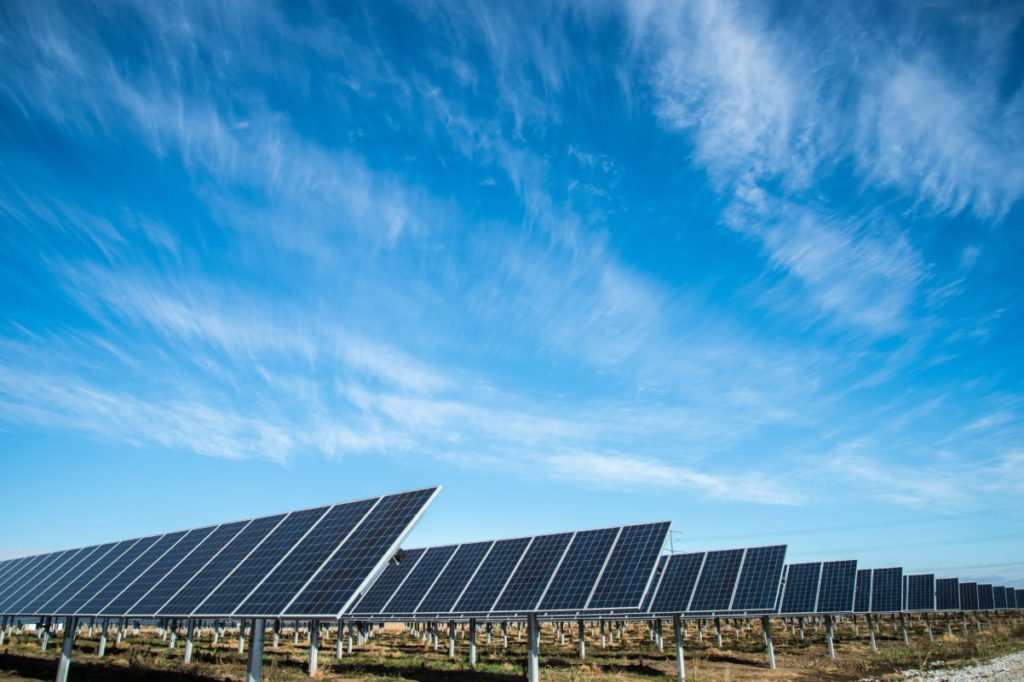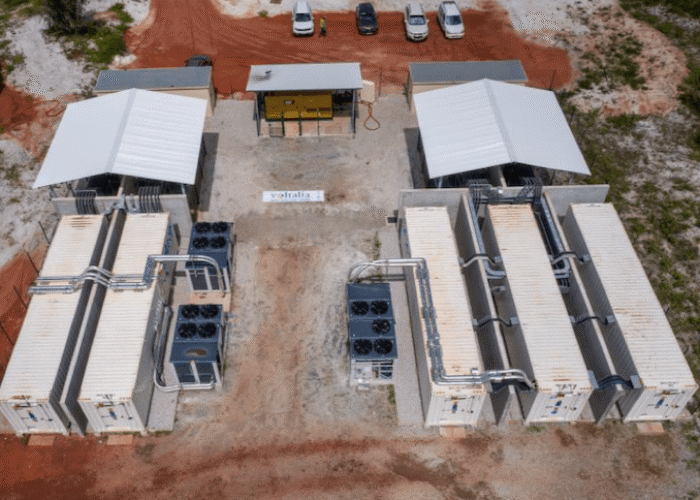
To round up our coverage of the RE+ show last month, which has included discussions on community solar and agrivoltaics, adapting tracker technology to adverse weather conditions and the growth of VPPs in the US, PV Tech is publishing an exclusive piece from Sunstone Credit on its takeaways from the event and the biggest trends looking forward for the US solar industry.
Susan Tanski is co-founder and head of strategy for Sunstone Credit — a technology-enabled, clean-energy financing platform that helps businesses go solar. Tanski has over 15 years of experience in financial services and climate technology — including at Sustainable Opportunities Acquisition Corp., Capital One and Goldman Sachs.
Try Premium for just $1
- Full premium access for the first month at only $1
- Converts to an annual rate after 30 days unless cancelled
- Cancel anytime during the trial period
Premium Benefits
- Expert industry analysis and interviews
- Digital access to PV Tech Power journal
- Exclusive event discounts
Or get the full Premium subscription right away
Or continue reading this article for free
Each passing year brings fresh insights and innovations to the evolving solar landscape. And nothing quite demonstrates solar’s growth and potential like industry leaders and enthusiasts gathering in one place.
The recent RE+ conference on renewable energy held in Las Vegas was a testament to the dynamism and resilience of the solar industry. The solar sector proves to be constantly surging forward, even when faced with challenges like supply chain concerns and changing regulations.
Here, we’ll delve into five key takeaways from this year’s RE+ conference, reflecting on the industry’s vibrancy and its commitment to a greener future.
Takeaway #1: Commercial solar (and excitement about it) continues to grow
It’s clear that the benefits and availability of solar energy continue to take great strides. Of course, excitement about solar is expected at an industry conference, but it’s a thrill to see the buzz grow beyond the residential sector.
Installers previously focused on residential projects are now eager to venture into the commercial space. And not coincidentally, companies that have previously focused on large-scale commercial projects are eyeing opportunities to serve and support small-and-medium businesses (SMBs) as they transition to solar.
If you’ve had your ear to the ground, you know making the leap to commercial spaces has been discussed by installers for quite some time. The difference now is that the conversation has surged over the last six months and highlighted the need for enhanced understanding about commercial-specific solar financing options and incentives.
Both solar-specific financing and regulatory incentives open doors that would otherwise remain shut with cash-only deals, which leads us to our second takeaway…
Takeaway #2: The Inflation Reduction Act (IRA) means business
The IRA was a hot topic at the conference, and for good reason. It’s a game-changer. Excitement around the IRA has gained traction over the past year as the specifics of how it supports solar adoption has come to light. Today it’s clear: the potential of the IRA is now a tangible advantage that solar professionals can offer their customers.
This legislation is, without a doubt, one of the most significant climate change-related initiatives ever passed anywhere in the world. The financial commitment is substantial and it puts the industry in a robust position.
The hitch is that many people find the new IRA guidance a bit complex to navigate, which could potentially slow down the adoption of commercial solar. But businesses that invest the time and energy needed to understand it thoroughly will see massive opportunity. While there may be a learning curve, the potential benefits are enormous for those able to embrace the IRA’s possibilities.
Business owners who remain uncertain about how to take advantage of the incentives in the IRA may find it helpful to reach out to a solar financing partner with a comprehensive understanding of the space.
Takeaway #3: Batteries power the conversation about storage
One thing that was very clear from the event was that battery storage is increasingly top of mind for the industry. Compared to prior years, battery storage displays were more prevalent and dramatic, and interest in them much more pronounced.
This makes sense for a couple reasons. First, the recent changes to net metering rules in California mean that having battery storage to supplement a solar system can help maximise its value for customers in certain situations. Additionally, recurring grid disruptions in California, Texas, and other regions have heightened interest in energy storage among solar customers looking to achieve greater energy independence.
Storage can help serve two primary purposes for commercial customers. First, it acts as backup power when the grid goes down, providing a crucial safety net for business owners. Second, it can help maximise the value of a solar system. It does this through optimising when a customer is drawing power from the grid versus when they are using power stored in their battery. This can both minimise demand charges from the utility and mitigate the impacts of unfavourable net metering rules in certain markets.
Takeaway #4: The solar industry supply chain is resilient
Last year, supply chain challenges, particularly related to acquiring solar panels and inverters, were a hot topic of discussion. It was evident that many industry players struggled to access the essential equipment they needed. However, the landscape has shifted significantly since then, and these supply chain woes seem to have vanished.
In fact, supply chains are not just functioning smoothly – they appear to be in excellent shape. The surplus is so abundant that some even describe it as “overstocked.” Even more intriguing is it’s not uncommon to see installers strike deals with smaller manufacturers rather than opting for big-name suppliers.
This makes the correction in supply chain dynamics a boon for smaller manufacturers. They’re now enjoying more opportunities than they did before the supply chain issues first popped up. It’s a remarkable turnaround – and a testament to the adaptability and resilience of the solar industry.
Takeaway #5: Diversity in the solar industry continues to expand
A notable change in the solar industry over time has been its growing diversity. And this evolution was particularly evident at RE+.
The conference featured various diversity-focused initiatives – including gatherings dedicated to women in the industry and LGBTQ pride events – and it was all genuinely uplifting.
One event we joined was the “Celebrating Women in Renewable Energy Reception.” This kickoff dinner was a testament to the industry’s progress, with over 500 women attending. It’s a heartening sign that the solar energy sector is evolving, attracting a more diverse and inclusive group of professionals.
The solar industry continues to expand its horizons
RE+ was a testament to the ever-expanding horizons of the solar industry. Overall, it’s clear that the solar sector is supercharged when it comes to energy, enthusiasm, and a commitment to progress.






